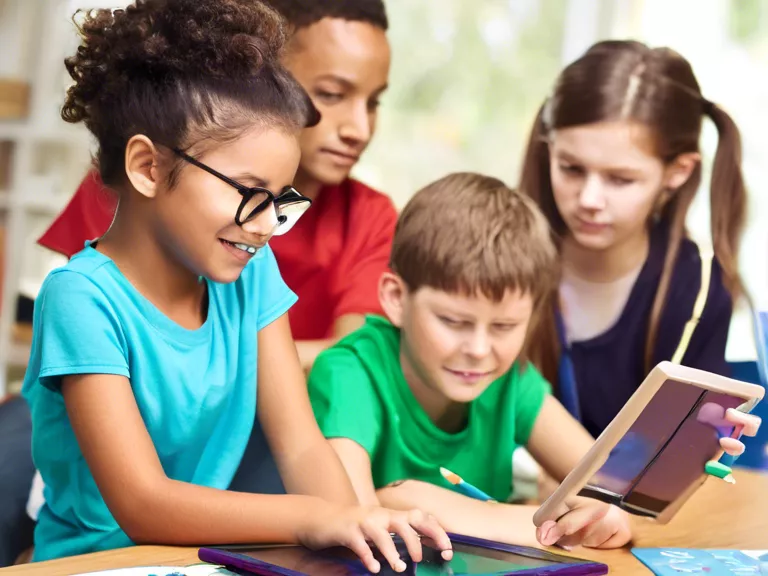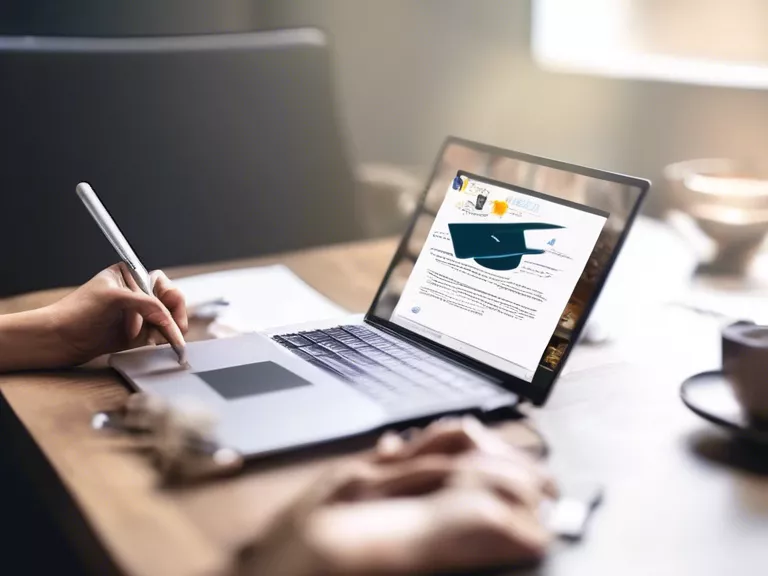
In today's digital age, students have access to a variety of tools and resources to aid in their learning. One such tool that has gained popularity in recent years is digital flashcard apps. These apps provide a convenient and interactive way for students to review and memorize information, ultimately enhancing memory retention.
Some key ways digital flashcard apps can enhance memory retention for students:
Active Engagement: By actively engaging with the material through digital flashcards, students are more likely to remember the information. The act of flipping through cards, quizzing themselves, and receiving instant feedback mimics the process of retrieval practice, which has been shown to improve memory retention.
Spaced Repetition: Many digital flashcard apps utilize spaced repetition algorithms, which optimize the timing of reviewing information to maximize long-term retention. This method takes advantage of the spacing effect, where information is better retained when it is reviewed at spaced intervals rather than all at once.
Visual and Interactive Learning: Digital flashcard apps often allow students to include images, diagrams, and even audio in their flashcards. This visual and interactive approach to learning can help students create stronger associations and better recall the information when needed.
Customizability: Students can create custom flashcards tailored to their specific needs and learning goals. This level of customization allows students to focus on the most relevant information and streamline their study process, leading to improved memory retention.
Accessibility: One of the biggest advantages of digital flashcard apps is their accessibility. Students can access their flashcards anytime, anywhere, on their smartphones, tablets, or computers. This flexibility makes it easier for students to incorporate flashcard practice into their daily routines, ultimately enhancing memory retention.
In conclusion, digital flashcard apps offer a powerful tool for students looking to enhance their memory retention. By utilizing active engagement, spaced repetition, visual and interactive learning, customizability, and accessibility, students can optimize their study sessions and improve their retention of information.



